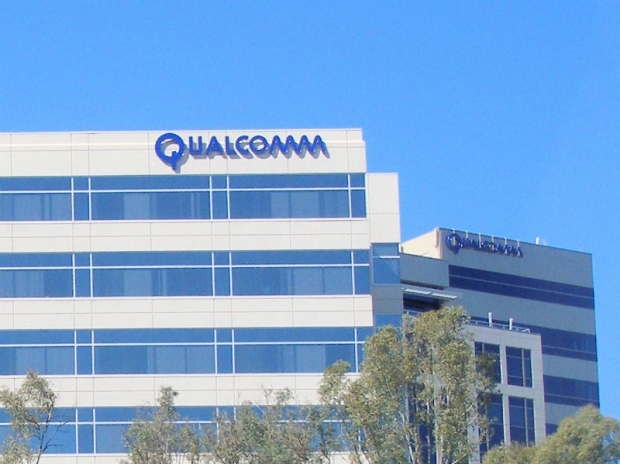The Qualcomm acquisition was approved by all the world regulatory agencies but one, China. And China is obviously linking the NXP acquisition as a gambling chip that will help get ZTE back in the USA. Qualcomm was just caught in the middle of a much bigger USA/China trade war/negotiation and has suffered as a collateral casualty.
What definitely helped Qualcomm gain positive and balmy winds towards the deal is the fact that a dozen Chinese companies need solutions in order to continue their growth on the mainland and elsewhere. Companies like Xiaomi, Oppo, Vivo, Lenovo, ZTE and Wingtech are among big ones that need Qualcomm in order to compete against their competition, including USA based Apple, Korean based Samsung or Chinese Huawei. Apple, Samsung or Huawei don’t sell mobile SoCs that help the big six selling and making their own products but Qualcomm does. A partnership with Qualcomm will bring 5G to China next year.
The Wall Street Journal has already reported that according to the sources it talked to, China has already approved the deal and this is likely to be announced rather soon.
Qualcomm has made public that it pursues the automotive industry, and the NXP acquisition might be crucial for the growth of this sector. The acquisition was first been announced in October 2016 and in the meantime, it has been sweetened due to the fact that NXP continued to grow. Since then, Broadcom tried and failed to acquire the whole Qualcomm and the NPX acquisition deal might finally end.
Chinese partners need Qualcomm for 5G and more
The delays may be caused by the US/China relationship more than anything else, but as we said, the China companies desperately need Qualcomm to continue their operations. Maybe giants like Xiaomi, Oppo and Vivo have MediaTek as an alternative mobile phone SoC supplier, but unfortunately with MediaTek solutions, these players would not be competitive with Samsung, Apple or Huawei offering.s It is not clear how competitive MediaTek 5G will be as Qualcomm dominated 4G advancements and it is likely to maintain dominance in 5G NR too.
US companies such as Qualcomm, on the other hand, cannot afford to ignore the Chinese market as it had some tremendous successes there in the last decade. China Mobile, the country's biggest mobile player with close ties to the government has 873 million subscribers as of August 2017. You cannot ignore that as it is more than two times bigger than the biggest US carrier.
Qualcomm, according to Reuters, was about to meet with Chinese regulatory agencies shortly before the US Commerce Secretary Wilbur Ross arrives in China on coming Saturday. The same source suggests that the top Qualcomm executive, president Cristiano Amon, was in China last week attending a big data industry expo in the southwest province of Guizhou. We can also confirm that Qualcomm executives met with the Chinese and International press late last week promoting its AI (Artificial Intelligence) and other new products.
ZTE, another company caught in the crossfire has been banned for seven years working with US companies due to allegations of selling technology to Iran and North Korea. The NXP ban is likely to be lifted and result with tailwinds for the NXP acquisition by the Chinese authorities.
Mobile is just one piece of puzzle, as companies like TP link need Qualcomm for its wireless solution, and other companies need them to make smart home, XR (VR and AR), voice and music, automotive or IoT devices. The list is rather long, and it includes smart cities, infrastructure and even medical solutions.
We expect to see the official announcement about the blessing of the Chinese anti-competitive agency very soon, and it will be nice to see the saga left behind us.




